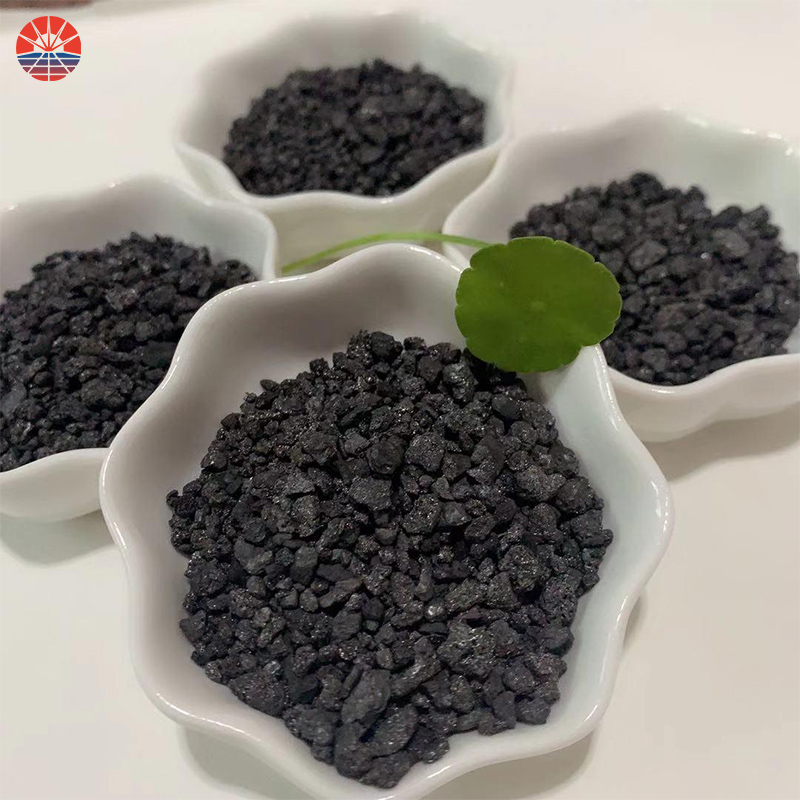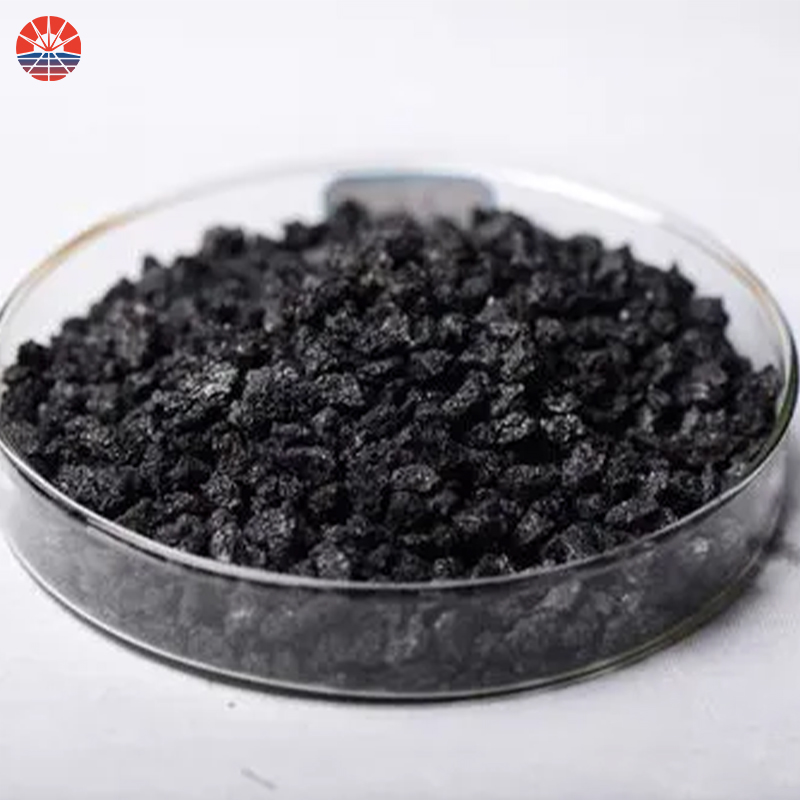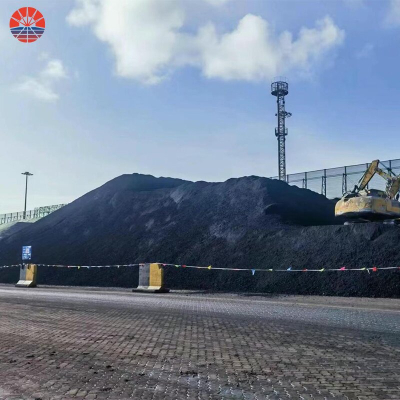What Are The Properties Of Graphitized Petroleum Coke
Using graphitized petroleum coke (GPC) in negative electrode materials for various applications, particularly in lithium-ion batteries, offers several advantages. Here are some of the key benefits:
High Carbon Content: GPC typically has a high carbon content, often exceeding 98%. This high carbon content provides a concentrated and efficient carbon source in negative electrode materials. It ensures the desired carbon level is achieved, promoting excellent capacity and energy storage capabilities in lithium-ion batteries.
Graphitic Structure: GPC undergoes a graphitization process that transforms the amorphous carbon structure into a highly ordered and crystalline graphite structure. This graphitic structure provides several advantages, including increased electrical conductivity, enhanced lithium ion diffusion, improved mechanical stability, and better cycling performance.
Superior Electrical Conductivity: The highly graphitic structure of GPC imparts excellent electrical conductivity to negative electrode materials. This property facilitates efficient electron transfer and improves the overall rate capability and power delivery of lithium-ion batteries. It also reduces internal resistance and enables fast charging and discharging.
High Capacity Retention: GPC-based negative electrode materials demonstrate good capacity retention over multiple charge-discharge cycles. The graphitic structure of GPC helps prevent the irreversible capacity loss and structural degradation commonly associated with amorphous carbon materials. This results in better cycling stability and extended battery lifespan.
Enhanced Lithium Ion Intercalation/Deintercalation: GPC's graphitic structure and interlayer spacing facilitate the intercalation and deintercalation of lithium ions during battery operation. The well-organized graphite layers provide pathways for efficient lithium ion diffusion, improving the kinetics of the electrochemical reactions and enabling higher charge and discharge rates.
Low Impurity Content: GPC is processed to have low impurity levels, including sulfur, nitrogen, and volatile matter. This low impurity content helps minimize side reactions and unwanted chemical interactions within the battery, reducing the risk of capacity loss and improving the overall performance and safety of lithium-ion batteries.
Consistency and Availability: GPC production processes are well-established, ensuring consistent quality and availability of the material. Manufacturers can rely on the consistent properties of GPC to produce high-quality negative electrode materials, ensuring consistent performance and reducing variability in lithium-ion battery production.
Overall, using graphitized petroleum coke in negative electrode materials provides advantages such as high carbon content, graphitic structure, superior electrical conductivity, high capacity retention, enhanced lithium ion intercalation/deintercalation, low impurity content, and consistent quality. These benefits contribute to improved energy storage, longer battery lifespan, faster charging/discharging, and enhanced overall performance of lithium-ion batteries.
Graphitized petroleum coke Role in negative electrode materials
Graphitized petroleum coke does not play a direct role in negative electrode materials. Negative electrode materials in various applications, such as lithium-ion batteries, typically consist of carbon-based materials, but they are not specifically derived from graphitized petroleum coke.
Negative electrode materials in lithium-ion batteries often utilize carbon-based materials, such as graphite, as the active component. These materials have the ability to intercalate lithium ions during battery charging and release them during discharge. The intercalation and deintercalation of lithium ions within the carbon structure allow for the reversible storage and release of electrical energy.
Graphitized petroleum coke, on the other hand, is primarily used in applications such as steelmaking, foundries, and aluminum production, as discussed earlier. It undergoes a specific production process to obtain a highly ordered graphite structure with improved properties like high electrical conductivity, thermal stability, and low impurity content.
While graphitized petroleum coke shares some similarities with the carbon materials used in negative electrodes, it is not directly utilized as a negative electrode material itself. Instead, carbon-based materials with specific characteristics and structures are designed and manufactured for use in negative electrode applications, including lithium-ion batteries.














